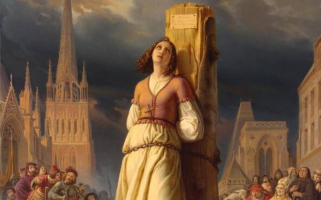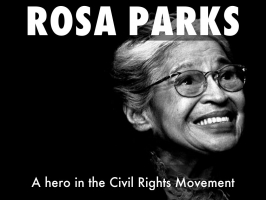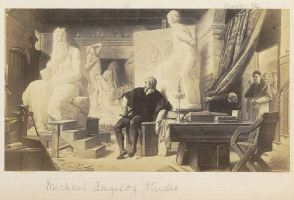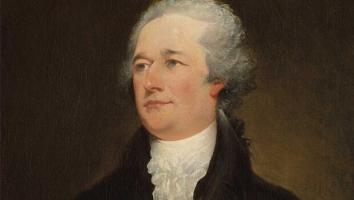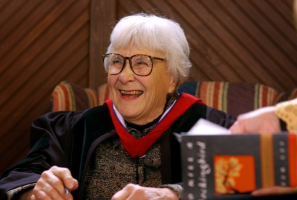Top 10 Interesting Facts About Biography of Rosa Parks
Rosa Parks was an African-American lady who was born in Tuskegee, Alabama in 1913 and was dubbed "The Mother of the Modern-Day Civil Rights Movement." She is ... read more...well known for her fight against racial segregation on Montgomery, Alabama's public buses. The Montgomery Bus Boycott was formed as a result of this modest yet revolutionary action by the local Black community. The boycott, which was organized by Rev. Dr. Martin Luther King, Jr., lasted over a year. Here are ten interesting facts about biography of Rosa Parks to help you know more about her.
-
One of the most interesting facts about biography of Rosa Parks is she was not the first African American woman to be arrested for refusing to yield her seat on a Montgomery bus. Colvin was the first person arrested on a Montgomery bus for refusing to give up her seat to a white passenger. (Parks was involved in gathering cash for Colvin's defense.) Before Parks, three other African American women—Aurelia Browder, Mary Louise Smith, and Susie McDonald—had also run afoul of the bus segregation statute. The four were plaintiffs in the Browder v. Gayle case, in which the Supreme Court declared bus segregation to be unconstitutional.
Colvin was the first person arrested for breaking Montgomery's bus segregation regulations, but her acts were rapidly eclipsed when Rosa Parks became the face of the Montgomery bus boycotts a year later.
The Montgomery Bus Boycott lasted 381 days and didn't finish until the city's segregation law was abolished. In the end, the shift came about not because of the Parks lawsuit, which was postponed by appeals, or because of the bus company's financial problems, but because of a U.S. Supreme Court verdict in Browder v. Gayle, which declared the segregation legislation unconstitutional.
Rosa saw the bus as a specific symbol of inequity. She had seen white youngsters take the bus to school while she and her classmates had to walk to school when she was a child.
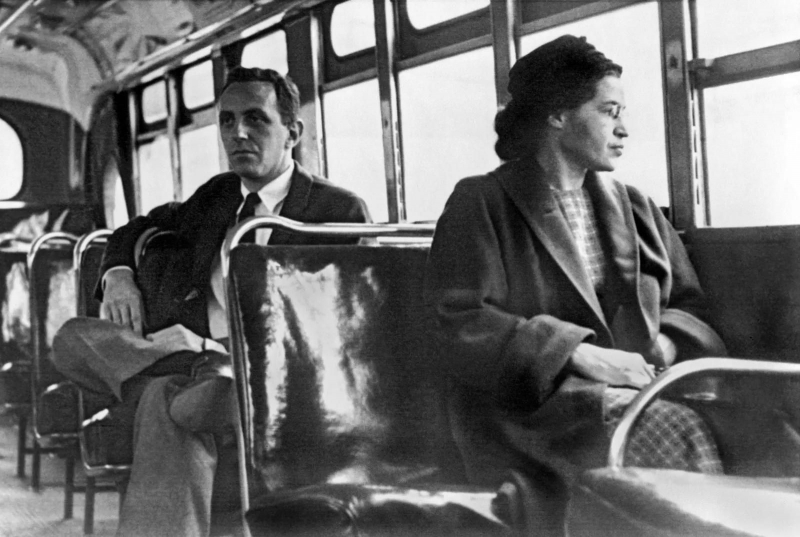
Photo: https://www.britannica.com/ 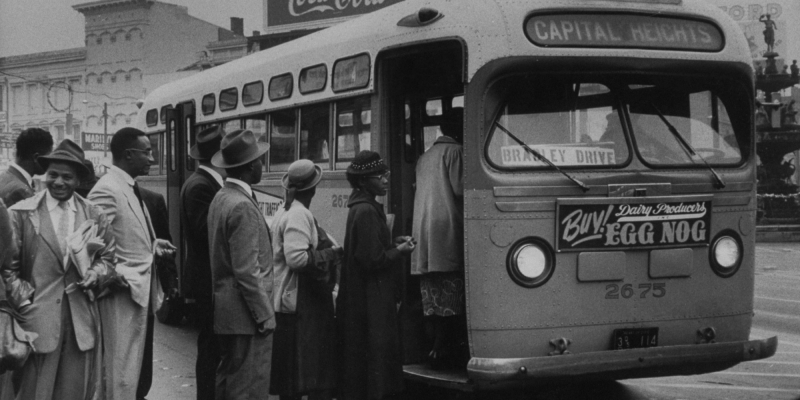
Photo: https://www.zinnedproject.org/ -
More than a decade before, Parks had a run-in with James Blake, the bus driver who reported her to the cops in 1955. In 1943, she boarded a bus driven by Blake, who directed her to exit and re-enter through the back doors after she paid her fare—a rule for Black riders on the segregated bus system. When Parks got off the bus, Blake drove away instead of waiting for her to come back on. She had avoided the driver for over ten years until she boarded his bus without paying attention one day. Blake was the one who contacted the cops and got her detained after she refused to give up her seat to a white passenger.
Parks had been removed from Blake's bus in 1943 after she refused to re-enter through the back door after paying her fare at the front. In her memoirs, she writes, "I never wanted to be on that man's bus again." "After that, I made it a point to inspect the bus driver before boarding." I didn't want to have any further encounters with that nasty one." After the Supreme Court issued a written decision prohibiting bus segregation and the Montgomery Bus Boycott concluded on December 21, 1956, Parks boarded one of the newly integrated buses to pose for press shots, which happened to be driven by Blake.
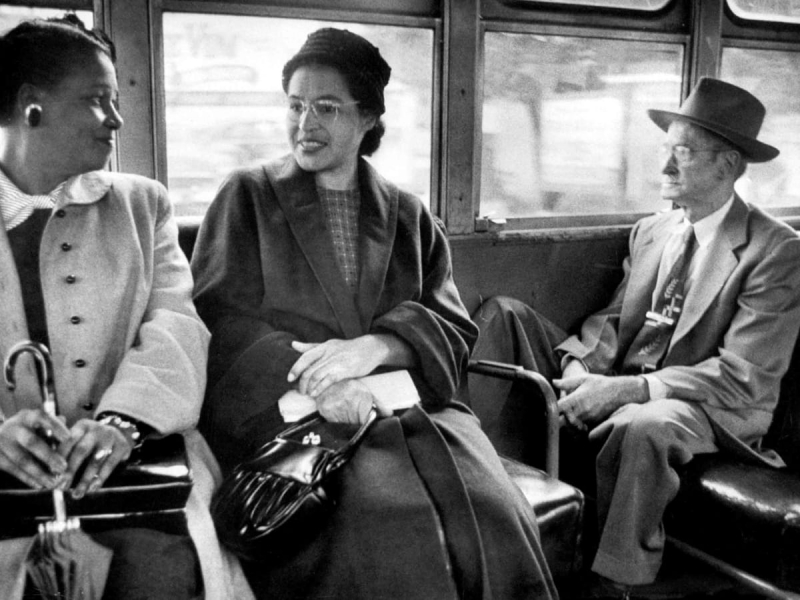
Photo: https://www.biography.com/ 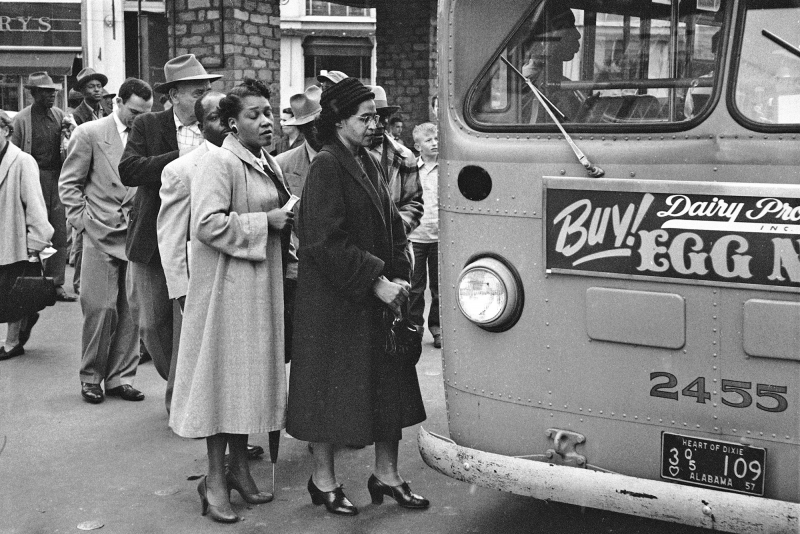
Photo: https://people.com/ -
Rosa Parks did not sit in the white-only section of the bus, which is one of the most interesting facts about biography of Rosa Parks. On December 1, 1955, Parks was riding a crowded Montgomery municipal bus when the driver urged Parks and other Black passengers to surrender their seats and stand after observing white passengers standing in the aisle. Parks, on the other hand, sat in the front row of a middle portion of the bus that was open to African Americans if seats were available. The driver ordered that Parks and three others in the row leave their seats after the "whites-only" section filled up on subsequent stops and a white guy was left standing. While the other three eventually moved, Parks remained stationary, prompting the bus driver to summon the cops.
Parks addressed the idea that she refused to leave her seat because she was exhausted after a hard day at work in her book. "I was not physically fatigued, or any more tired than I usually am after a working day," she wrote. I was not old, despite some people's perceptions of me at the time. I was forty-two years old at the time. No, the only thing that made me tired was giving in."
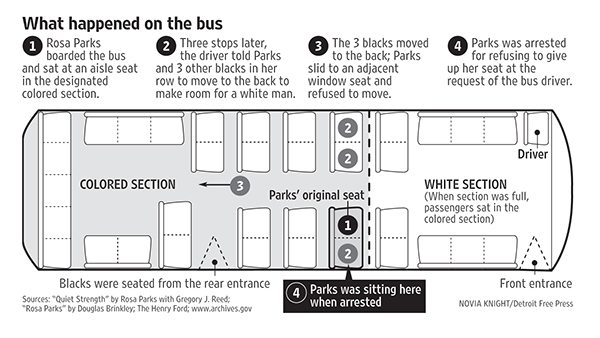
Photo: https://www.thegospelcoalition.org/ 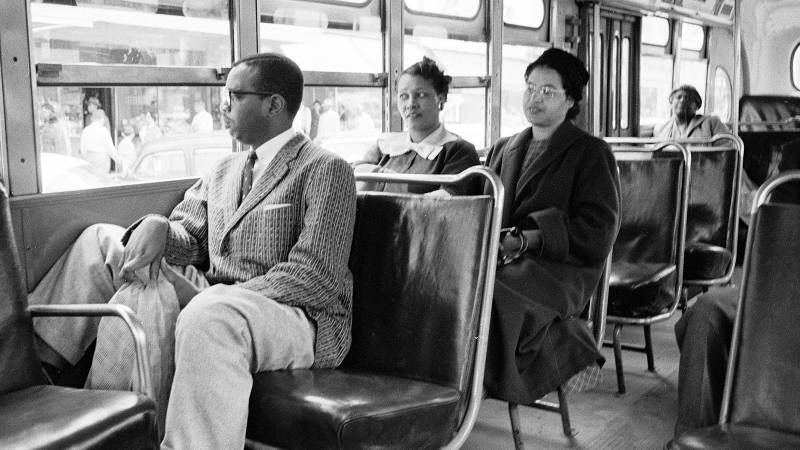
Photo: https://history.howstuffworks.com/ -
Parks' campaign for Black Americans' equal rights did not begin with her disastrous arrest. Parks was a long-time member of the National Association for the Advancement of Colored People's (NAACP) Montgomery chapter, which she joined in 1943. She was the secretary of the local NAACP branch at the time of her arrest, and she had attended a social and economic justice course at Tennessee's Highlander Folk School the previous summer.
Her responsibilities included going around the state and interviewing discrimination victims and lynching witnesses. Parks served as an assistant to U.S. Representative John Conyers after moving from Alabama to Detroit, where she assisted in the search for housing for the homeless. Her political activism lasted the duration of the boycott and into her later years.
Parks had no intention of starting a movement, yet she did so shortly after her imprisonment. Civil rights organizations exploited her peaceful demonstration to draw national attention to the Deep South's unconstitutional segregation laws. The Montgomery bus boycott began mere days after her imprisonment, and the city's segregated buses were declared illegal by the Supreme Court less than a year later. Many historians consider Parks' arrest and the bus boycott to be the catalysts for the campaign that resulted in federal civil rights legislation in the 1960s.
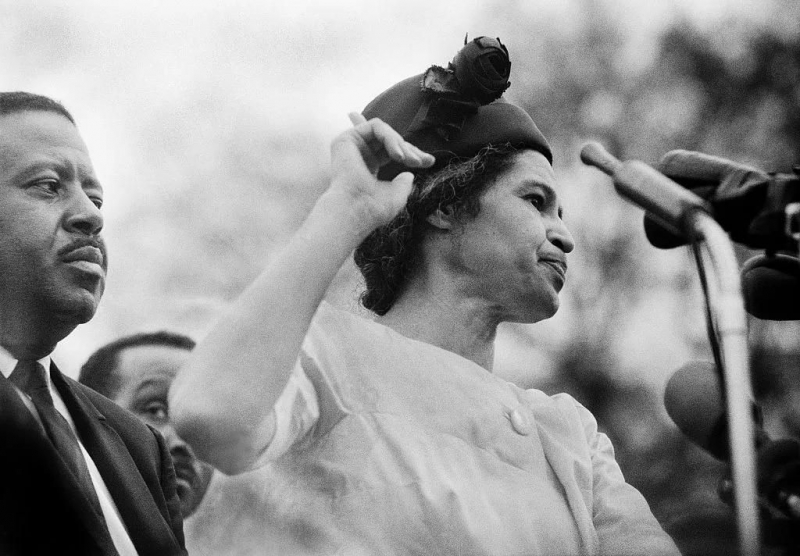
Photo: https://time.com/ 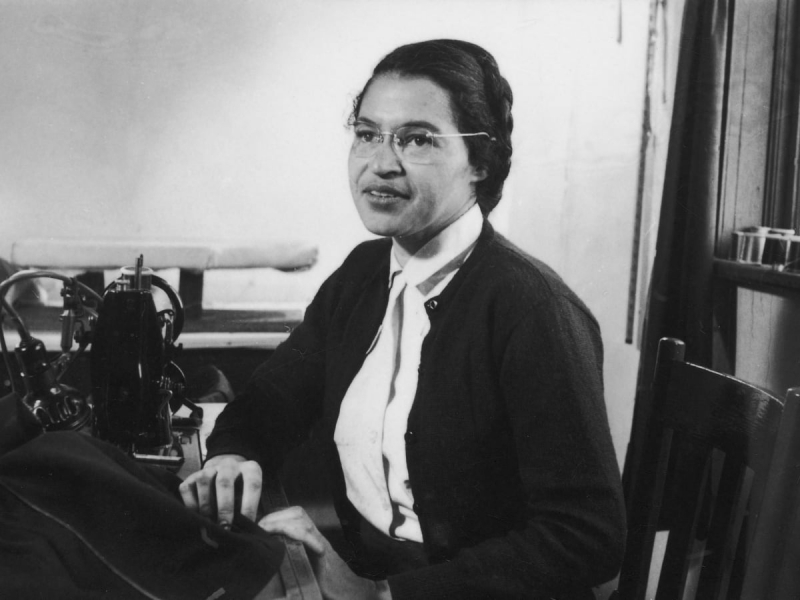
Photo: https://www.biography.com/ -
Parks served on the executive board of directors of the organization that organized the Montgomery Bus Boycott and worked as a dispatcher for a brief period, coordinating carpool trips for boycotters. On February 22, 1956, a grand jury indicted Parks and dozens of people for violating a state law prohibiting organized boycotting, just a few years after her historic arrest in 1955. Parks was detained along with 114 others, and The New York Times published a front-page photo of her being fingerprinted by cops.
The famous photograph of Parks being fingerprinted by a police officer was taken after her second arrest, though it is frequently misinterpreted as showing her first. The arrest provided a critical chance to gather media attention and extend the boycott's momentum.
Parks was fired from her department store job a few weeks after her arrest, even though the personnel officer told her it wasn't because of the boycott. Her husband resigned after being instructed that no talk of the boycott or his wife was permitted in the workplace. Parks received threatening phone calls and death threats throughout the boycott and afterward. She moved to Detroit with her husband and mother in 1957, where she spent the rest of her life working as an administrative aide for Congressman John Conyers, Jr.
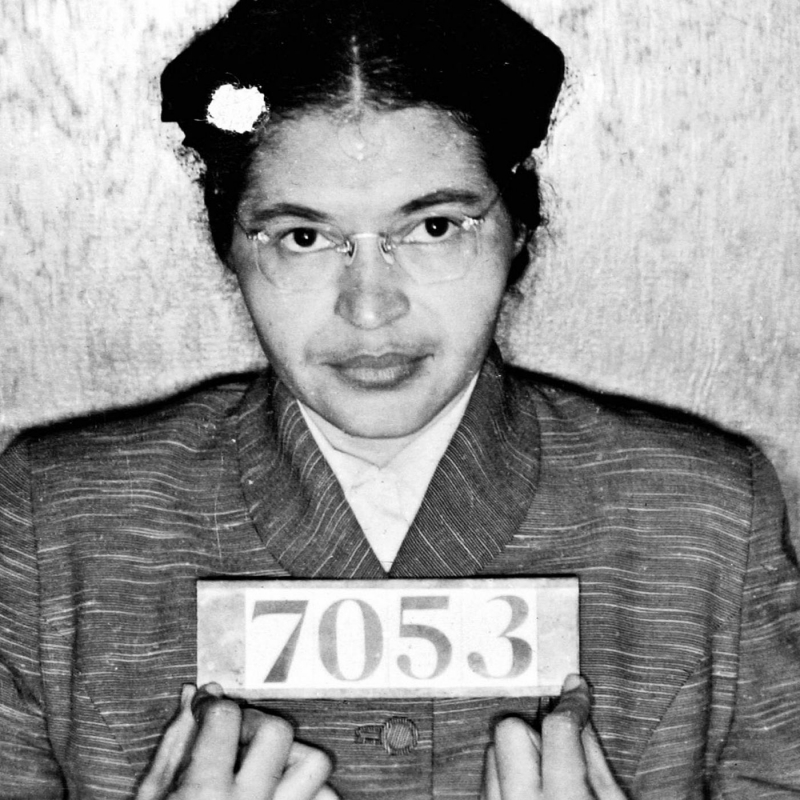
Photo: https://www.vox.com/ 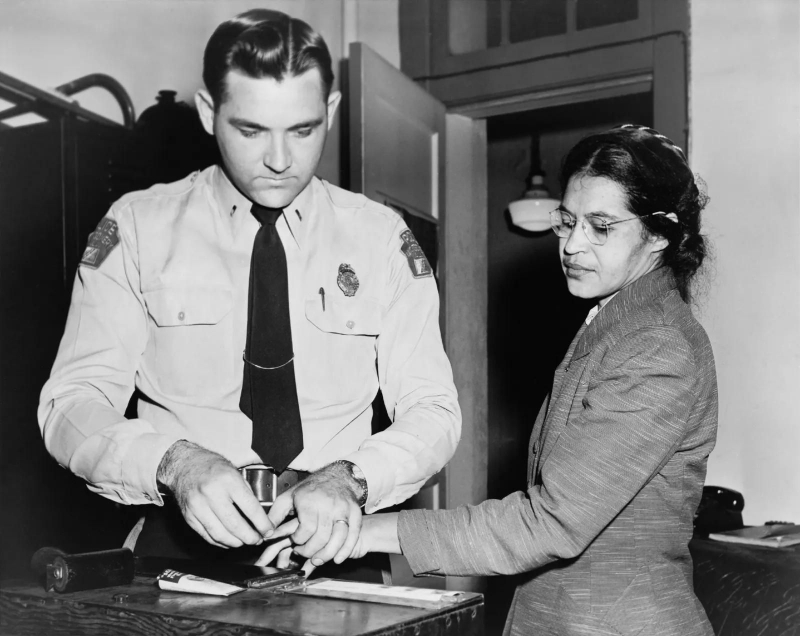
Photo: https://www.britannica.com/ -
The hip-hop duo released a song called "In the Beginning" in 1998 "Ah-ha, hush that commotion," a chorus sings, referring to Rosa Parks. Everyone should make their way to the back of the bus."
Rosa Parks filed a lawsuit in 1999 against OutKast and LaFace Records for using her name in the song "Rosa Parks." Mrs. Park's legal counsel said that the use of profanity and vulgarity was disrespectful to her legacy and that her name was used without her permission. The band fought back, alleging that the first amendment protected their song.
Mrs. Park's legal counsel was changed at her family's request after the suit was moved from court to court. In April 2005, months before Parks' death, the lawsuit was eventually settled. OutKast agreed to collaborate with the Rosa and Raymond Parks Institute For Self Development as part of the settlement to educate young people about the Parks' civil rights legacy. OutKast's third studio album's biggest commercial smash was "Rosa Parks."
OutKast and other modern artists will also appear on a tribute CD produced by Sony BMG, and the two companies will collaborate on an educational television program on Parks' life and the impact that will be distributed on DVDs to thousands of the public schools across the country.

Photo: https://www.cheatsheet.com/ 
Photo: https://www.discogs.com/ -
One of the most interesting facts about biography of Rosa Parks is that she was the first woman to be laid to rest in the United States Capitol. Parks' corpse was flown to Montgomery and brought in a horse-drawn hearse to the St. Paul African Methodist Episcopal (AME) church, where a memorial ceremony was held, after she died on October 24, 2005, at the age of 92. When her body was transported to the rotunda of the United States Capitol, she was given a final tribute.
The casket was then transported to Washington, D.C., on a bus similar to the one she had refused to give up her seat on. More than 30,000 people lined up to pay their respects to her coffin. The award is given to the country's most illustrious citizens, mainly those who have served in public office. Parks is still the only woman to earn the award, and one of just four private citizens.
Her remains were eventually returned to Detroit, where it was laid to rest in the Woodlawn Cemetery. The Rosa L. Parks Freedom Chapel, where the funeral was conducted, was called after her. Parks once wrote, "We are here on Earth to live, grow up, and do what we can to make this world a better place for all people to enjoy freedom."

Photo: https://commons.wikimedia.org/ 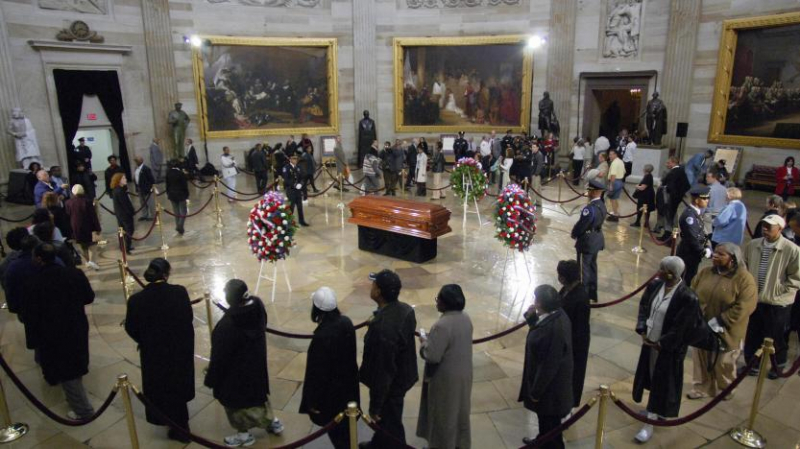
Photo: https://www.cbs58.com/ -
To honor Parks' act of civil disobedience, transportation officials in New York City, Washington, D.C., and other American cities left the seats behind bus drivers unoccupied on December 1, 2005.
On the 50th anniversary of Rosa Parks' refusal to give up her bus seat to a white man, President Bush signed a bill requesting that a statue of Parks be erected in the Capitol's Statuary Hall. Parks, who died on Oct. 24 at the age of 92, will be the first black woman to be honored in Statuary Hall, which has sculptures honoring noteworthy figures from each state's history.
Bush credited Parks for helping to “set in motion a national movement for equality and freedom.” “Eventually the civil rights movement would succeed in persuading Congress to pass more sweeping legislation that dealt with voting rights and discrimination in public places, and school segregation,” said the president. “And the United States Congress should renew the Voting Rights Act of 1965.”
Many of the civil rights activists, Park's family, and politicians assembled at the White House for the signing ceremony were taken aback by the announcement. They rose to offer Bush a standing ovation, erupting in cheers.
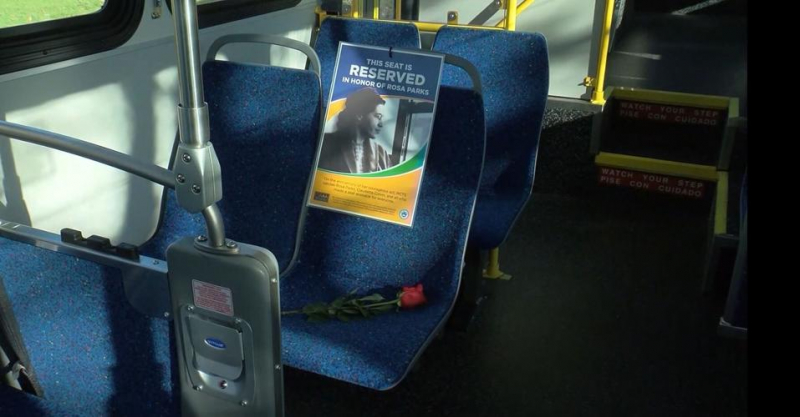
Photo: https://www.wkow.com/ 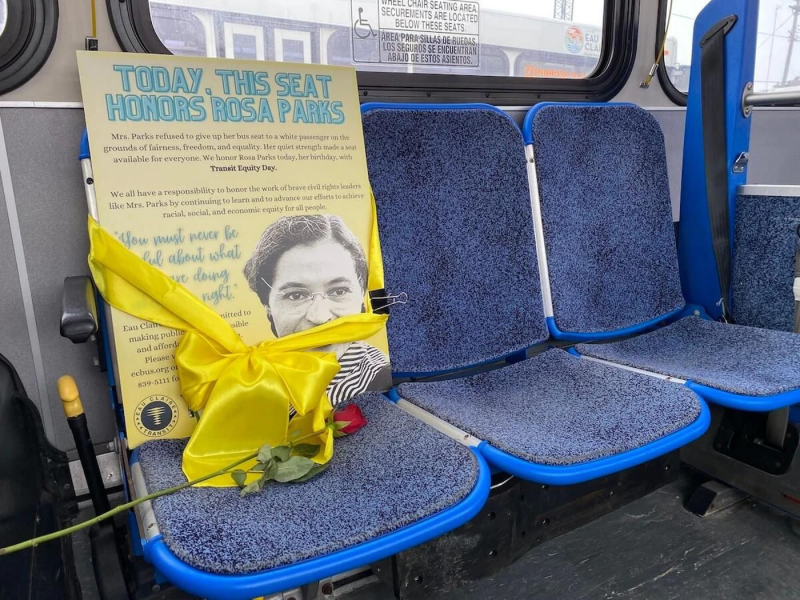
Photo: https://upnorthnewswi.com/ -
Rosa enrolled in the Montgomery Industrial School for Girls at the age of eleven, where she was taught both traditional school topics and domestic skills. She went on to 9th grade at a Black junior high school and 10th and part of 11th grade at a Black teacher's college. She was forced to drop out of school at the age of 16 due to a family illness, and she began cleaning white people's homes.
In 1932, Rosa married barber Raymond Parks of Montgomery, Indiana. He was a member of the NAACP, and he encouraged her to finish high school, which she had left to care for her ailing grandmother and mother.
It was uncommon for women to finish high school during Rosa Park's time because it was the custom for women to stay at home. Rosa Parks, on the other hand, was one of the few Black Americans to graduate from high school in 1934. Raymond Parks, her spouse, backed her decision to finish high school.
She graduated from high school at a period when only around 7% of African Americans had completed their education. Parks dropped out of school when she was 16 to care for her dying grandmother, but with her husband's support, she returned at the age of 19. In 1933, she received her diploma.
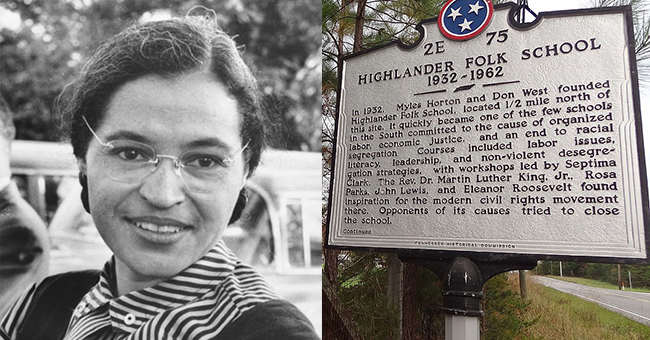
Photo: https://www.beaconbroadside.com/ 
Photo: https://www.loc.gov/ -
Rosa Parks served as a spark for the protests, as well as a rallying point for individuals who were tired of the societal inequities of segregation, according to Martin Luther King Jr. He wrote, "Actually, no one can understand the action of Mrs. Parks unless he realizes that eventually, the cup of endurance runs over, and the human personality cries out, I can take it no longer.”
In his memoir, Stride Toward Freedom, King spoke of Parks' distinctive local significance, describing how her integrity and determination earned her widespread respect in the African American community.
One of Dr. Martin Luther King's first significant addresses was the Montgomery Bus Boycott speech. On December 5, 1955, Dr. Martin Luther King addressed a crowd of almost 5,000 people at the Holt Street Baptist Church in Montgomery, just four days after Mrs. Rosa Parks was arrested for refusing to give up her seat on a Montgomery city bus. That arrest sparked the Deep South's first significant civil rights campaign in half a century. In this address, King encourages the audience, which had just voted to boycott the buses, to keep up the pressure until they achieve their aim of stopping the humiliation and oppression of black individuals in Montgomery and elsewhere, or, in his words, “..to gain justice on the buses in the city.”
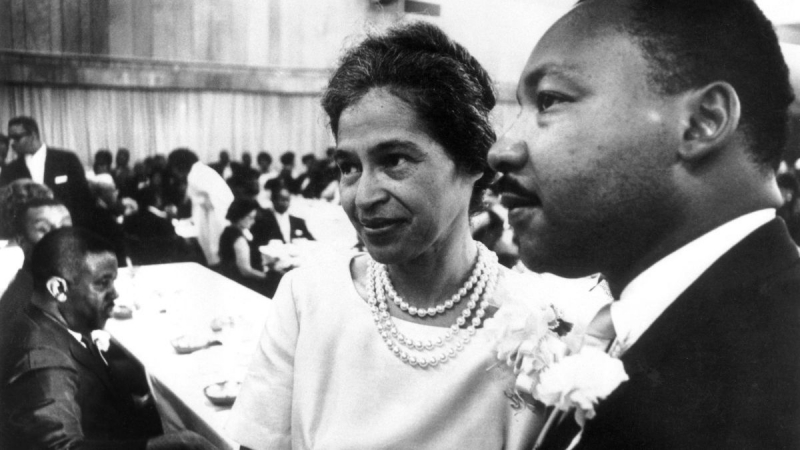
Photo: https://edition.cnn.com/ 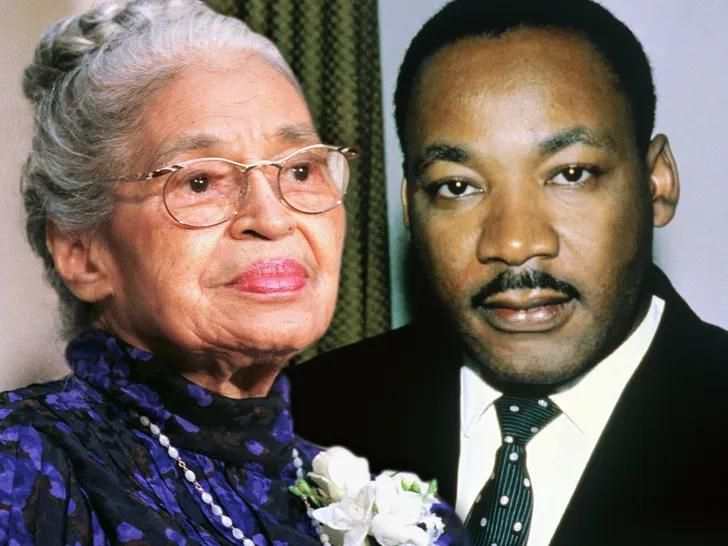
Photo: https://www.tmz.com/












